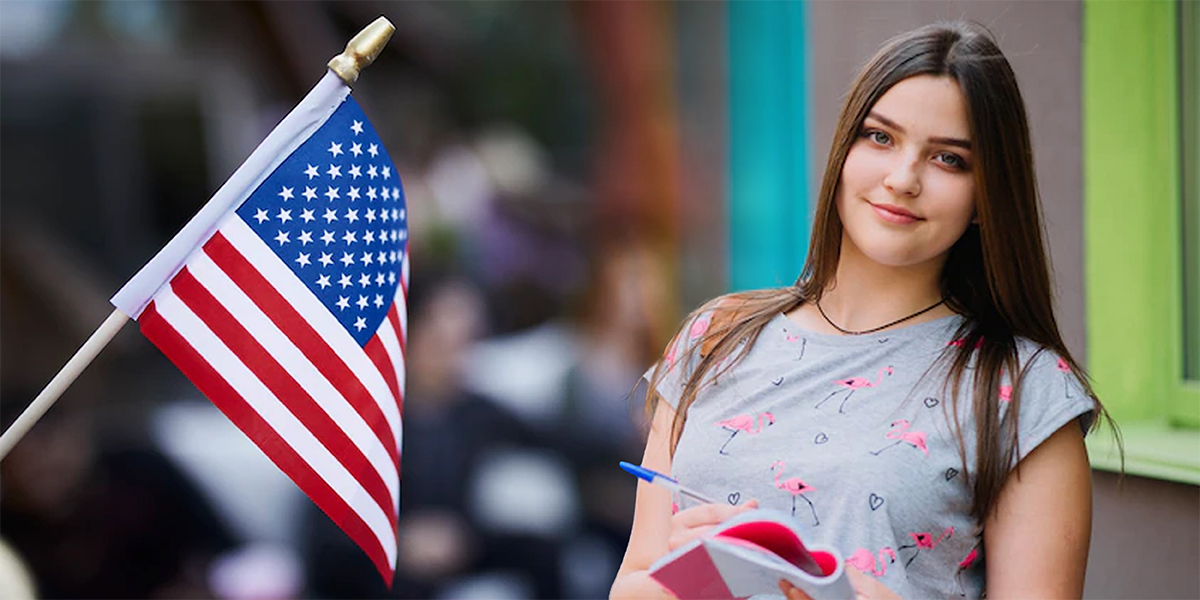USA Student Visa

USA Student Visa
Anyone who will be studying in the United States could be issued one of the three following visa types for international students: F1 Visa, J1 Visa or M1 Visa. You may be asking, “What visa do you need to work as an international student in the US?”. The F1 and J1 Visas allow for the possibility of employment but does not guarantee it. The M1 Visa, however, does not allow for the possibility of employment. We’ve broken down each of these three types of international student visas so that you can get familiar with them and how they will impact your life in the US.
Types of International Student Visas
- F1 Visa Academic Studies
- J1 Visa Practical Training
- M1 Visa Non-Academic / Vocational Studies
F1 Visa Academic Studies
The "F" visa is for academic studies. An F1 visa is issued to students who are attending an academic program or English Language Program. F1 visas are by far the most common form of international student visa in the U.S. F1 students must maintain the minimum course load for full-time student status. F1 status allows for part-time, on-campus employment (fewer than 20 hours per week). Additionally, students can work on optional practical training (OPT) for up to one year after completion of their academic program. Students are expected to complete their studies by the expiration date on the I-20 form (Certificate of Eligibility for Nonimmigrant Student Status).

J1 Visa Practical Training
A J1 visa is issued to students who need to obtain practical training that is not available in their home country to complete their academic program. J-1 student status allows for similar employment as the F1 visa, with similar restrictions, as long as permission is given by the exchange visitor program sponsor.
M1 Visa Non-Academic / Vocational Studies
An M1 visa is issued to a student who is going to attend a non-academic or vocational school. M-1 visa holders for technical and vocational programs are not permitted to work during the course of their studies. The M-1 student visa applicants must have evidence that sufficient funds are immediately available to pay all tuition and living costs for the entire period of intended stay.
Living with your Student Visa in the USA
As you begin to think about funding sources for your educational and living expenses in the United States, remember that you cannot count on working in the United States unless you have been granted a teaching or research assistantship. Immigrationregulations are very strict with respect to working while carrying a student visa, and when you submit evidence of your financial resources, you cannot rely on potential income. The income on which you base your application must be assured, and it must be equal to or exceed the costs of the first year of your studies.
Careful long-term and short-term planning is necessary to ensure that you will have a rewarding educational experience in the United States. If you are realistic about your financial needs, you will be better able to enjoy the exciting academic and cultural experience of living and learning in the United States.
Applying for your Visa
When putting together your application for a student visa, you will first need to research the admission policy for your university. Keep the following items in mind:
Academic Eligibility
Every school has different academic eligibility criteria. Your school will tell you what their requirements are. If you are still in the process of researching different schools, you can use the USA School Search to research general academic standing and test scores.
Financial Stability
You will need to show that you can support yourself without having to work.
Health Insurance
You may have to show proof of health insurance in order to cover any medical expenses should you need any medical assistance.
